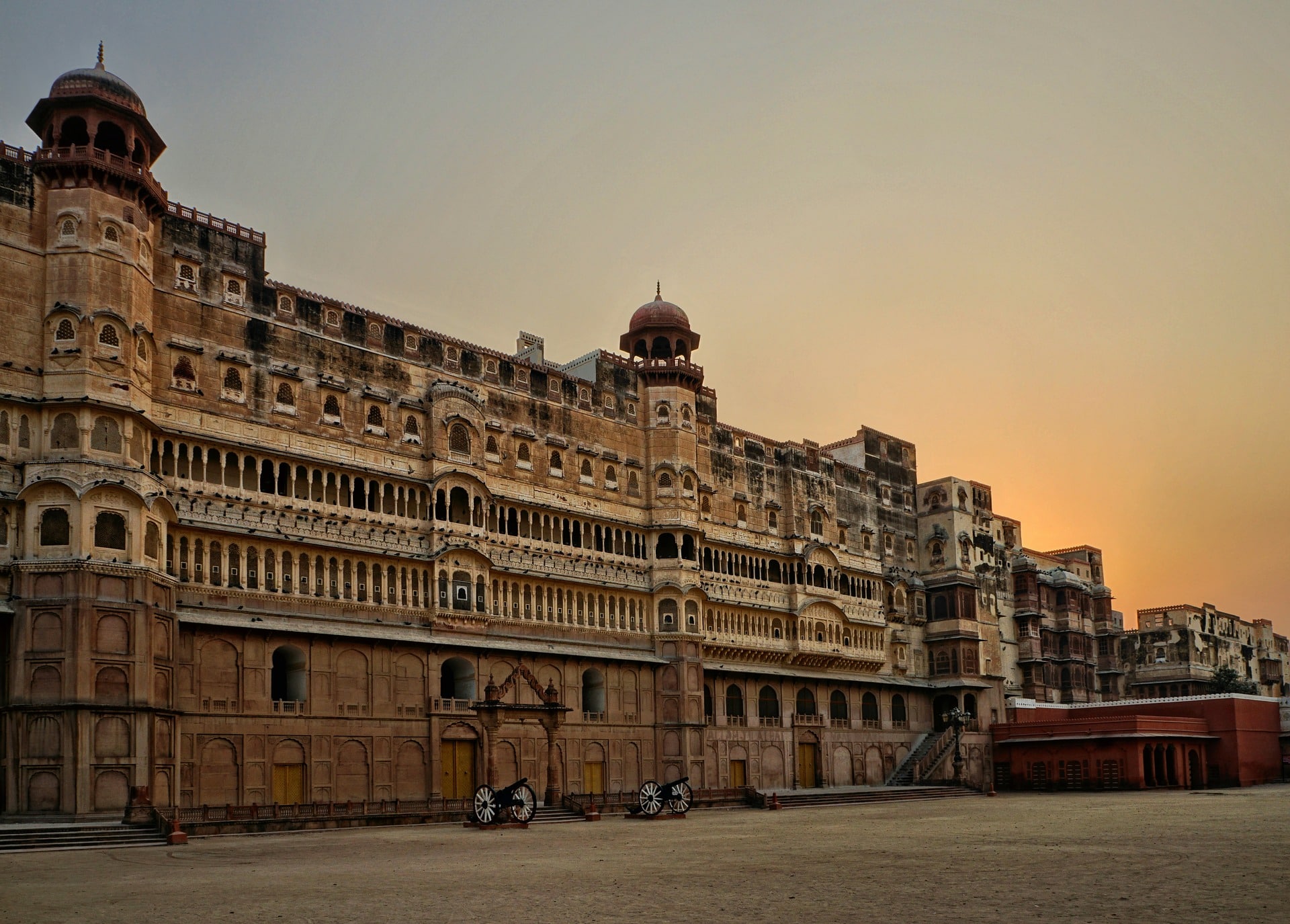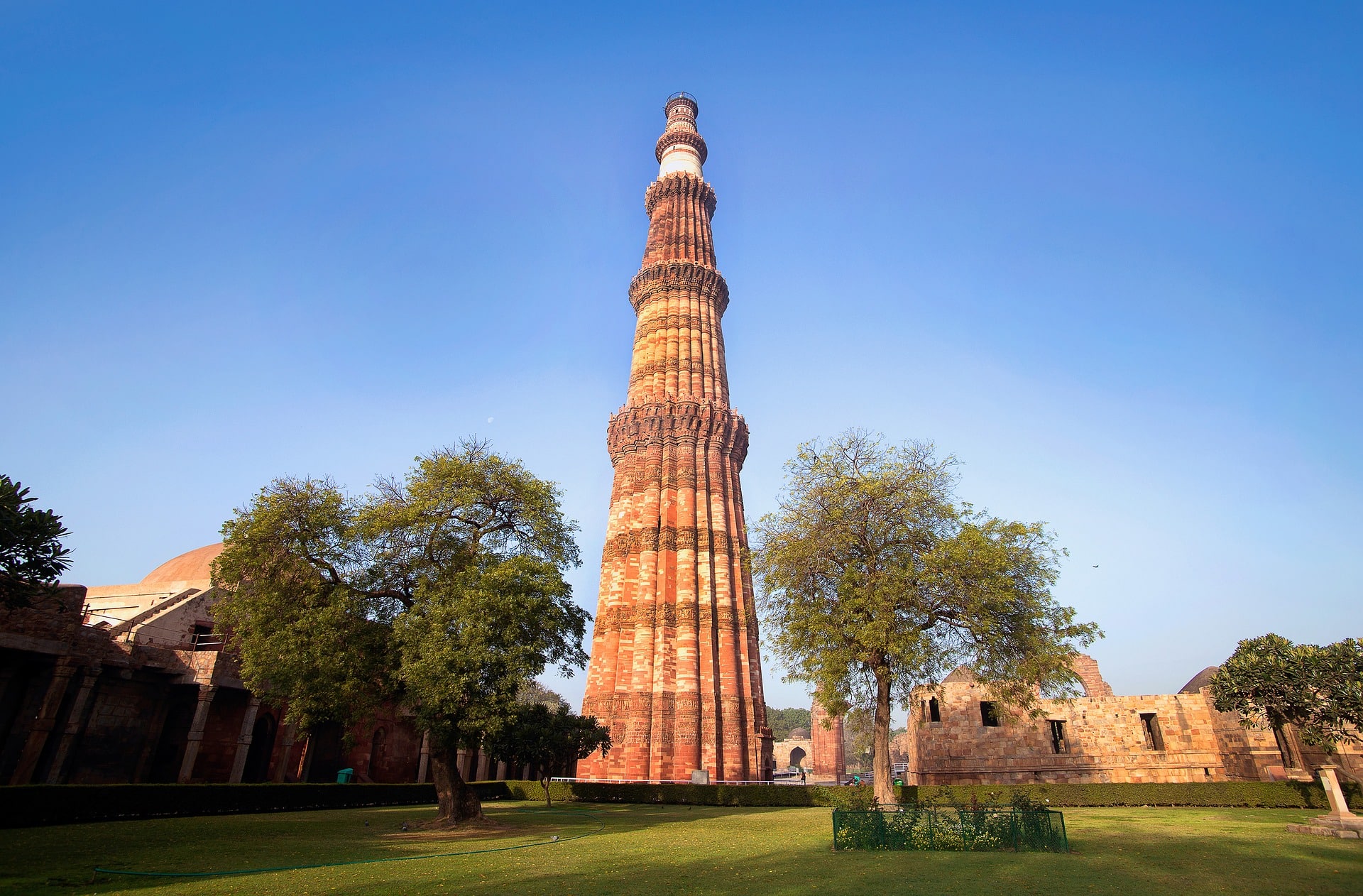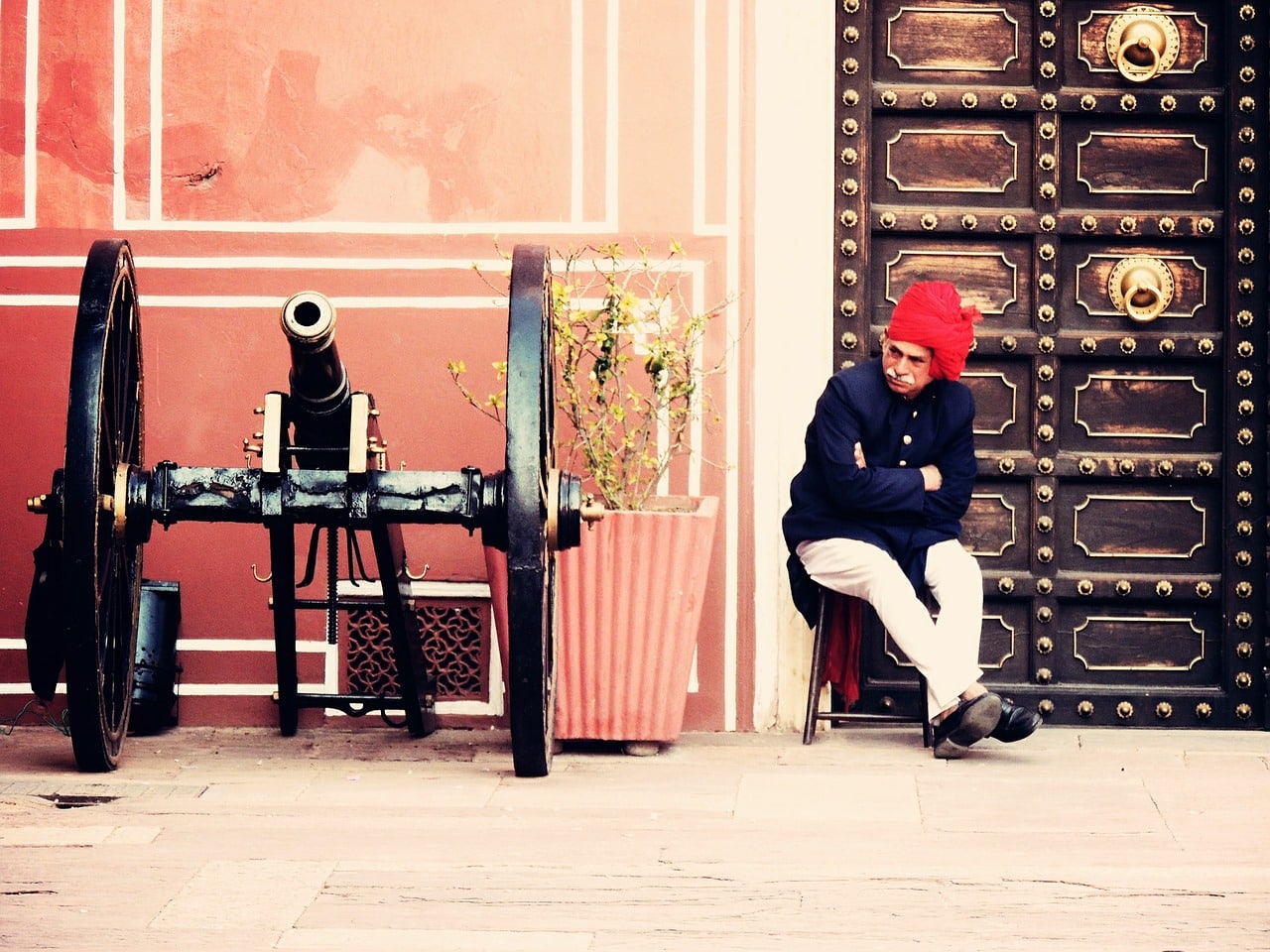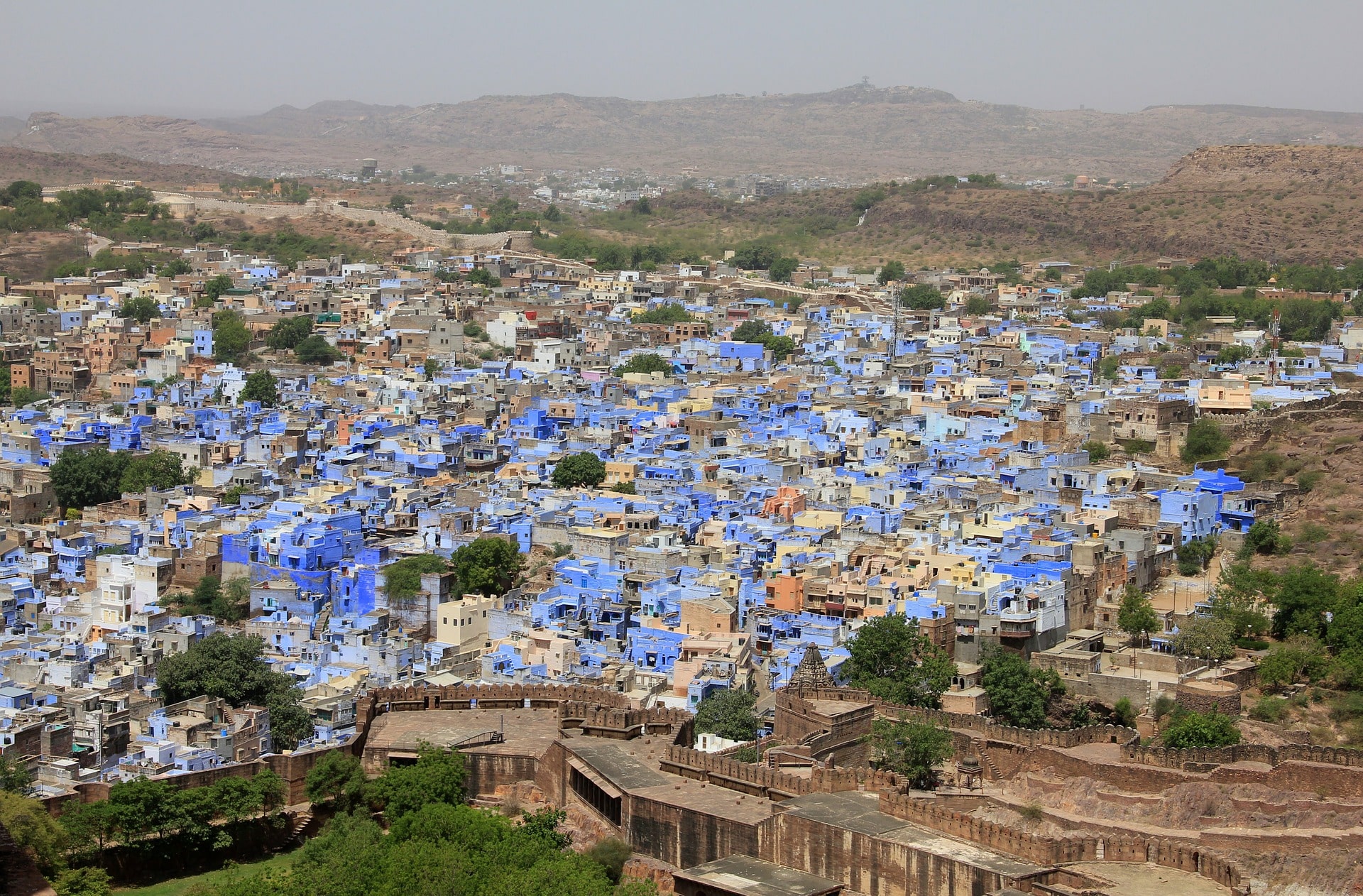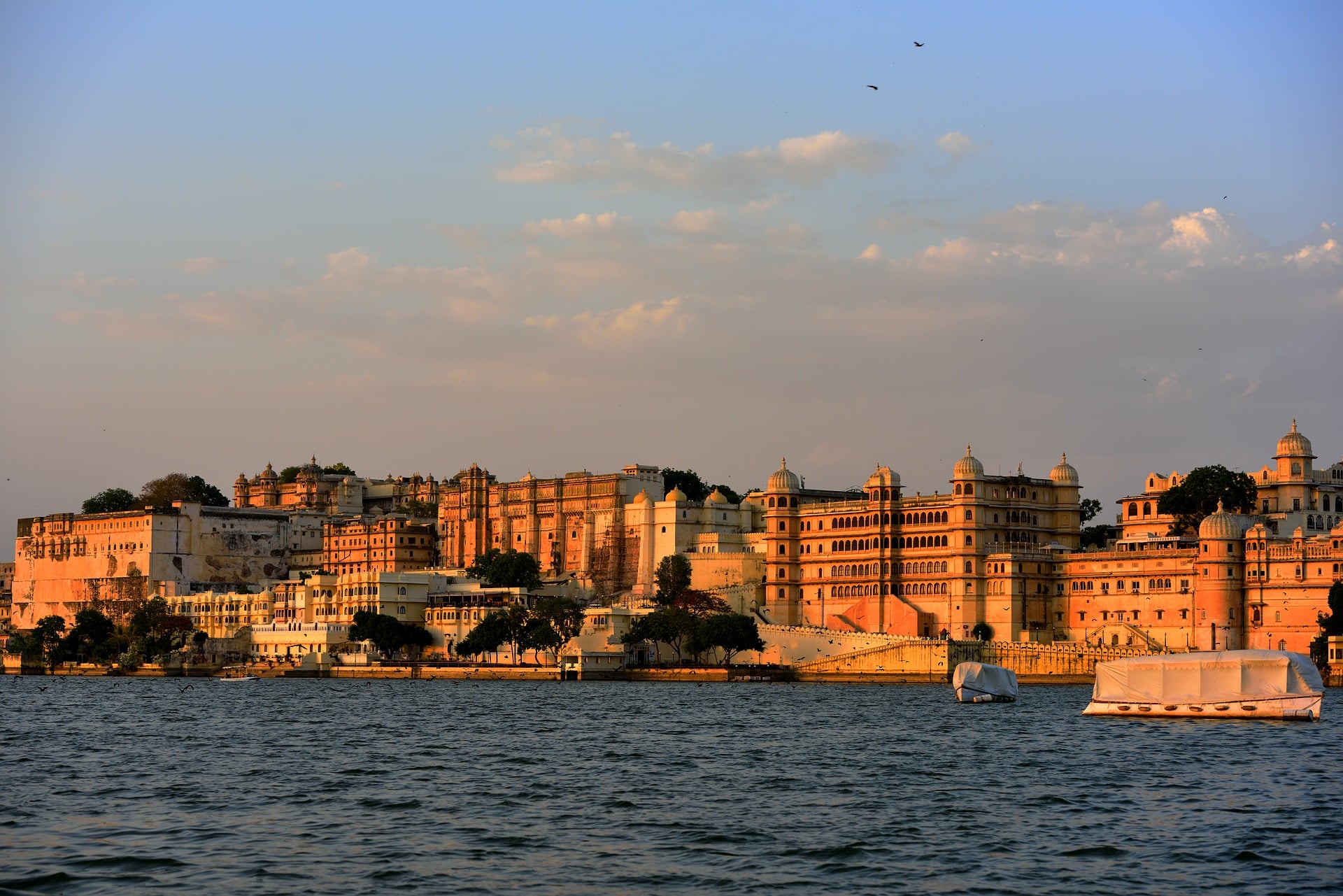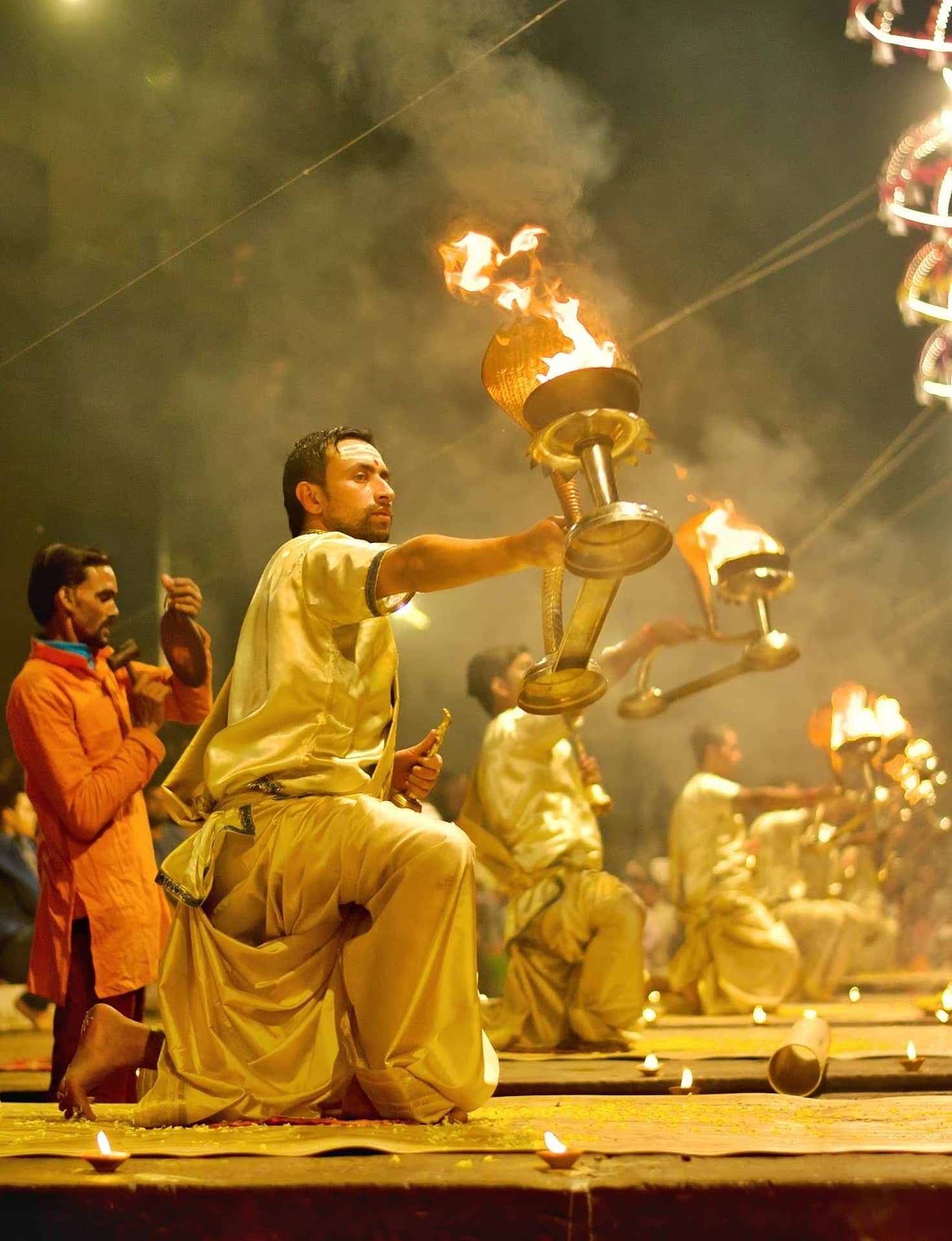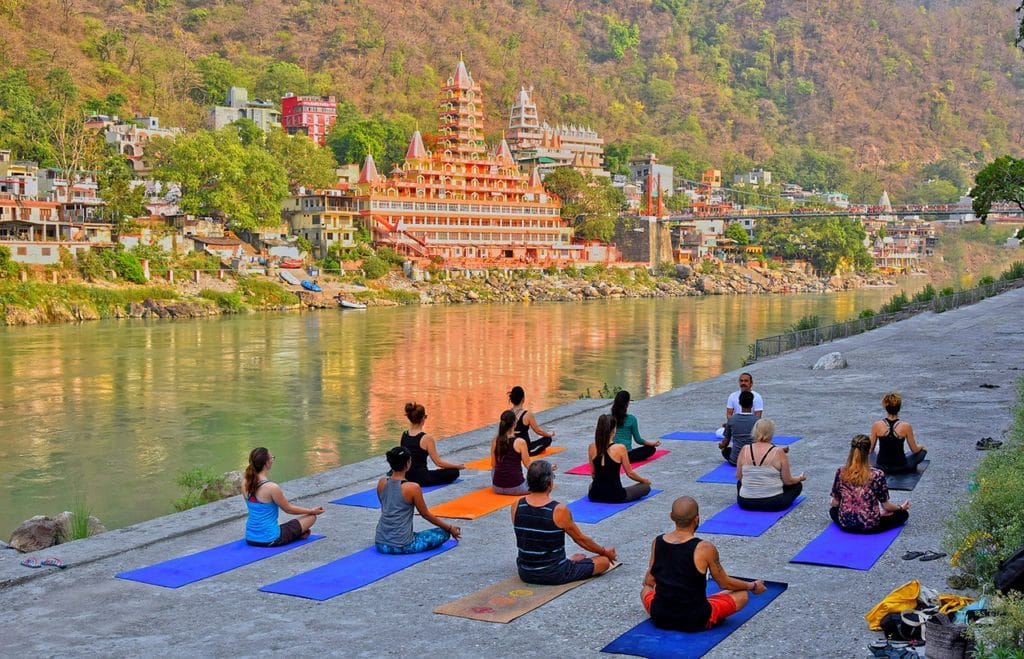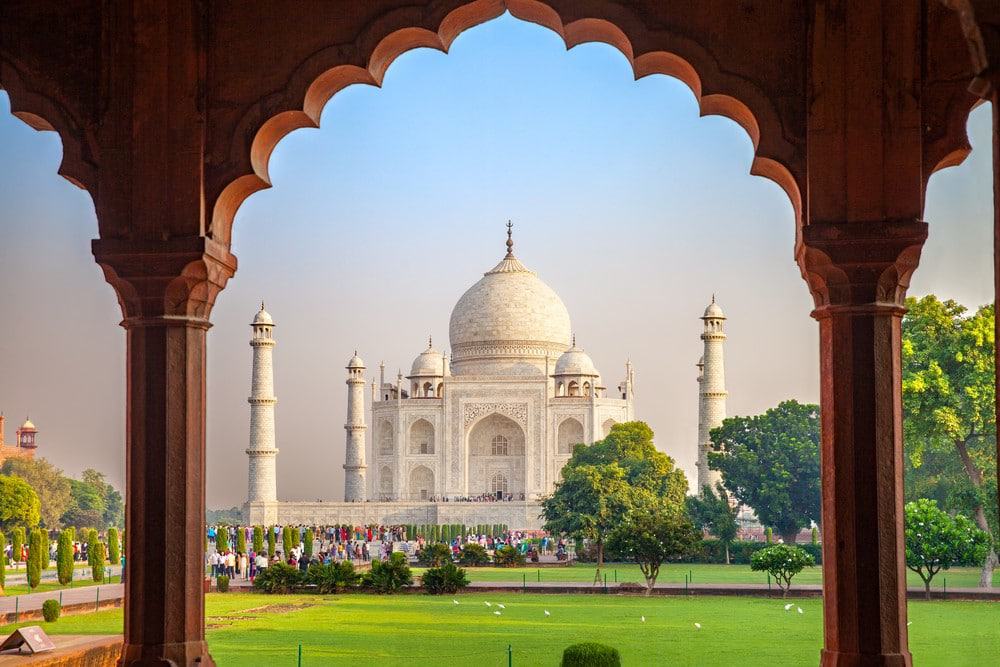
El yoga en India es una filosofía milenaria que une lo físico, lo mental y lo espiritual. Su práctica es más que una forma de vida. Su origen se remonta a hace más de 5.000 años en India, y hoy en día sigue siendo una de las razones para visitar este increíble país. Viaja hasta Benarés, Haridwar y Rishikesh, cuna del yoga, y vive la experiencia única de practicar meditación en uno de sus ashrams, además de conocer algunas de las ciudades más icónicas del país.
Solicita el itinerario y reserva llamando al 961 06 49 03, envíanos un mail a reservas@saoviajes.es o rellena el formulario en «consulta o reserva»
Día 1 – España – Delhi
Salida en vuelo con destino Delhi, vía Estambul. Noche a bordo.
Día 2 – Delhi
Llegada y alojamiento. Pensión completa. Visita de Jamma Masjid, la mezquita más grande de la India, realizando en ruta una panorámica del Fuerte Rojo. Más tarde paseo en rickshaw por el mercado Chandni Chowk. Almuerzo en un restaurante local. Por la tarde, visita del Templo de agua Agrasen Ki Baoli, y nos acercaremos al Dhobi Ghat. A continuación, visitaremos Gandhi Smriti (Birla House), la casa donde Mahatma Gandhi vivió los últimos 144 días de su vida. Más tarde, panorámica de los edificios gubernamentales a lo largo del Raj Path, una gran avenida bordeada de parques, y la imponente Puerta de la India. Finalmente visitaremos el Qutub Minar o Torre de la Victoria. Cena en el hotel.
Día 3 – Delhi/Jaipur
Pensión completa. Por la mañana salida por carretera a Jaipur, la “ciudad rosa”, donde se encuentra la emblemática fachada del Palacio de los Vientos. Almuerzo en el hotel. Al atardecer, visita del templo Birla para asistir a la ceremonia de Aarti. Cena en el hotel.
Día 4 – Jaipur / Amber / Jaipur
Sesión de Yoga matinal. Pensión completa. Por la mañana visita del Palacio-Fuerte de Amber, que desde la carretera nos brinda una imagen espectacular. Subimos hasta su palacio fortificado. Almuerzo en un restaurante local. Por la tarde visita del Palacio del Maharajá con sus museos, y los colosales instrumentos del Observatorio de Jai Singh II. Cena en el hotel.
Día 5 – Jaipur/Fatehpur Sikri/Agra
Pensión completa. Salida por carretera hacia la «ciudad abandonada» de Fatehpur Sikri, capital imperial paralizada en el tiempo. Visitaremos su maravilloso conjunto arquitectónico. Almuerzo en un restaurante local. Continuación hacia Agra. A la llegada, visita del espectacular Fuerte Rojo, con sus palacios de mármol blanco y su doble muralla de arenisca roja. Cena en el hotel.
Día 6 – Agra/Delhi
Pensión completa. Temprano por la mañana visita del Taj Mahal, una de las siete maravillas del mundo, un poema en mármol blanco construido por el Emperador Shah Jahan en recuerdo de su esposa Muntaz Mahal. A continuación, visitaremos el Ashram de la Madre Teresa de Calcuta. Regreso por carretera a Delhi. Almuerzo en un restaurante local. Por la tarde, visita del Templo Akshardham, un complejo de templos hinduistas que muestra milenios de cultura tradicional, espiritualidad y arquitectura hindú en la India. Cena en el hotel.
Día 7 – Delhi/Haridwar
Pensión completa. Salida por carretera hacia Haridwar (200 km), lugar sagrado situado en el punto donde el Ganges emerge del Himalaya para comenzar a discurrir lentamente a través de los frondosos valles. Cuenta con numerosos Ashrams y durante la festividad Kumbh Mela, millones de peregrinos llegan para bañarse en las aguas del río sagrado. Almuerzo en el hotel. Por la tarde, visita de Haridwar, uno de los lugares más sagrados del hinduismo, con sus espectaculares templos y bulliciosos mercados. Al atardecer, asistiremos a la ceremonia que se celebra en el Ghat Har Ki Pauri, lugar exacto donde el Ganges deja las montañas. En la puesta de sol, los sacerdotes realizan el ritual durante el cual cientos de luces se depositan en el agua para que fluya río abajo. Cena en el hotel.
Día 8- Haridwar/Rishikesh/Haridwar
Sesión de Yoga matinal. Pensión completa. Excursión de día completo a Rishikesh, capital mundial del yoga. A mediados de los años 60, adquirió fama mundial al recibir la visita de los Beatles, que seguían las enseñanzas del gurú Maharishi Manesh Yogi. En la actualidad sigue siendo un excelente centro de meditación para el estudio del yoga y otros aspectos del hinduismo. Almuerzo en un restaurante local. Al atardecer, daremos un paseo por el pueblo y, si el tiempo lo permite, veremos la ceremonia religiosa en Parmarth Ashram. Cena en el hotel.
Día 9 – Haridwar/Delhi/Benarés
Media pensión. Salida por carretera hacia el aeropuerto de Delhi. Llegada y salida en vuelo a Benarés, la ciudad de las “mil escalinatas” y la más sagrada de la India. Cena en el hotel.
Día 10 – Benarés/Sarnath/Benarés
Pensión completa. Al amanecer haremos un recorrido en barca por el Ganges, donde contemplaremos a los fieles purificándose y realizando sus ofrendas. Daremos un paseo por el laberinto de callejuelas de la ciudad, visitando la Mezquita de Aurangzed, el Templo de Oro y el Templo Durga. Desayuno. A continuación, visita de Sarnath, una de las cuatro ciudades santas del budismo por ser el lugar donde Buda predicó su primer sermón. Almuerzo en el hotel. Al atardecer asistiremos a la ceremonia Aarti, la cual se celebra a orillas de los ghats del río Ganges y donde llegaremos en un rickshaw local. Cena en el hotel.
Día 11 – Benarés/Delhi
Sesión de Yoga matinal. Desayuno. Salida en vuelo a Delhi. Llegada y traslado al hotel, situado cerca del aeropuerto.
Día 12 – Delhi/España
De madrugada salida en vuelo de regreso a España. Llegada.
- Vuelo de línea regular, clase turista (reservas
en clases especiales). - Alojamiento y desayuno.
- 8 almuerzos y 9 cenas (bebidas no incluidas).
- 3 sesiones de Yoga (Jaipur / Haridwar /
Benarés). - 2 paseos en Rickshaw (Delhi /
Benarés). - Transporte con aire acondicionado.
- Guía en castellano desde Delhi a Haridwar y guía local en castellano en Benarés.
- Seguro básico de viaje.
Recomendado para todas las edades.
Salidas
- Marzo: 3, 17, 31.
- Abril: 14, 28.
- Mayo: 12, 26.
- Junio: 16, 30.
- Julio: 14, 28.
- Agosto: 4, 11, 18.
- Septiembre: 1, 15, 29.
- Octubre: 6, 13, 27.
- Noviembre: 3, 17, 24.
- Diciembre: 1, 29.
- Año 2026.
- Enero: 12, 26.
- Febrero: 2, 16, 23.
- Marzo: 2, 16, 30.
